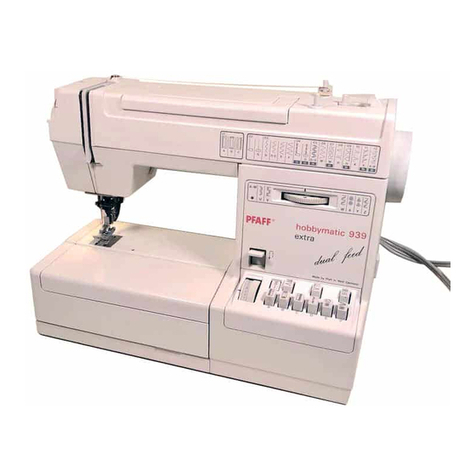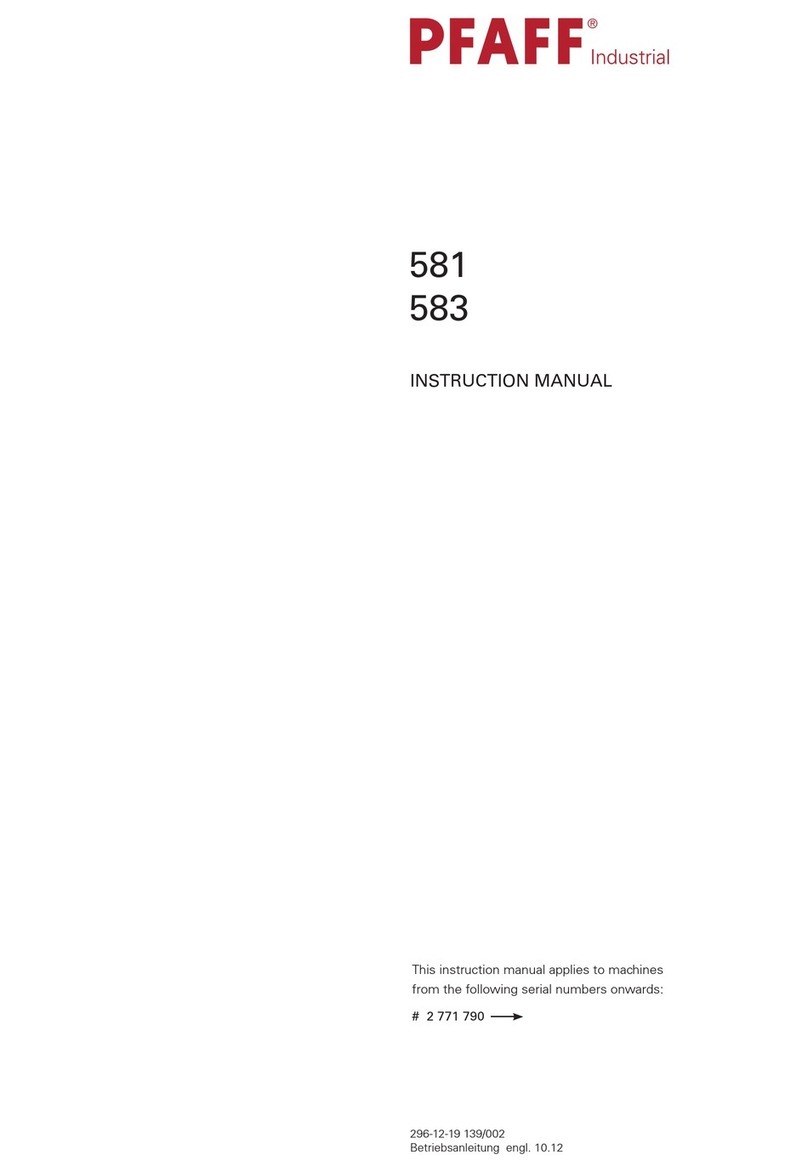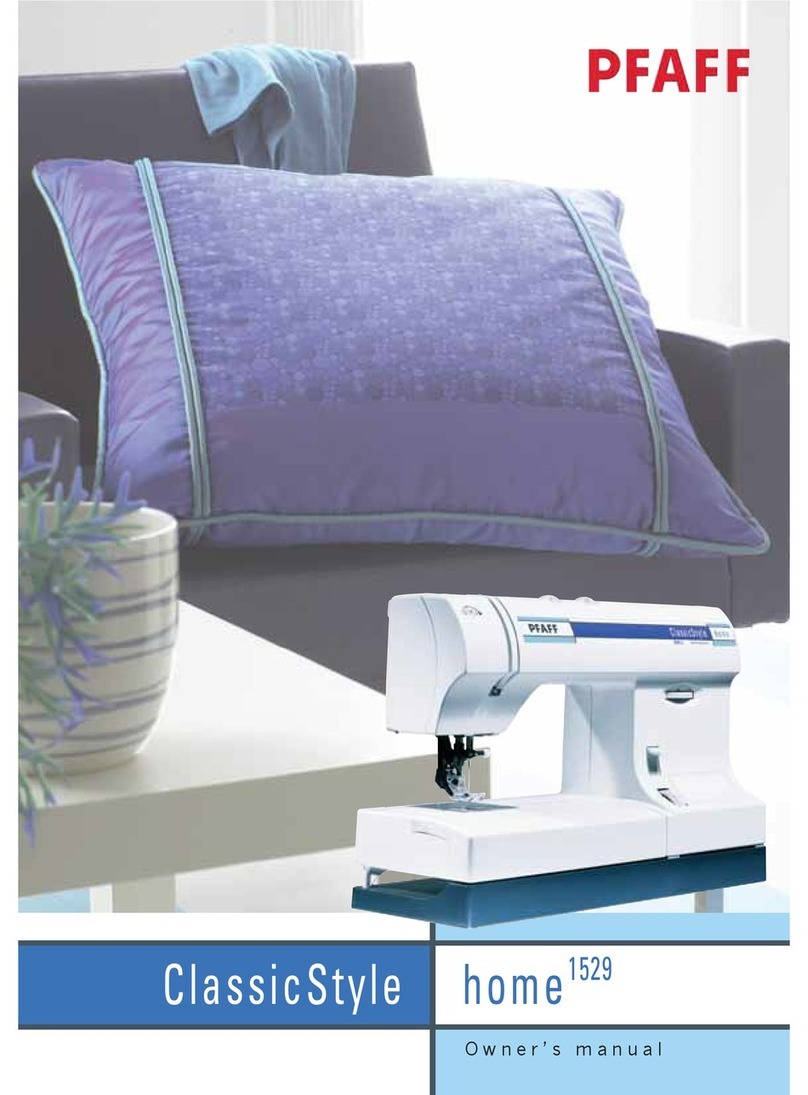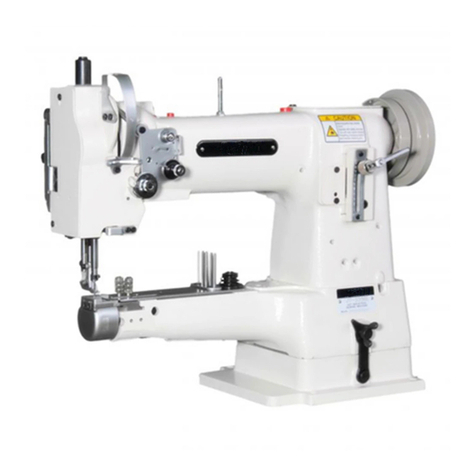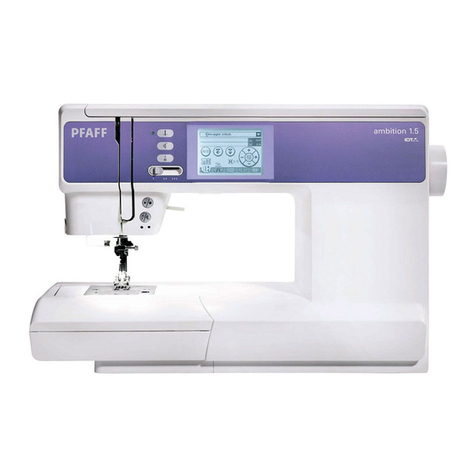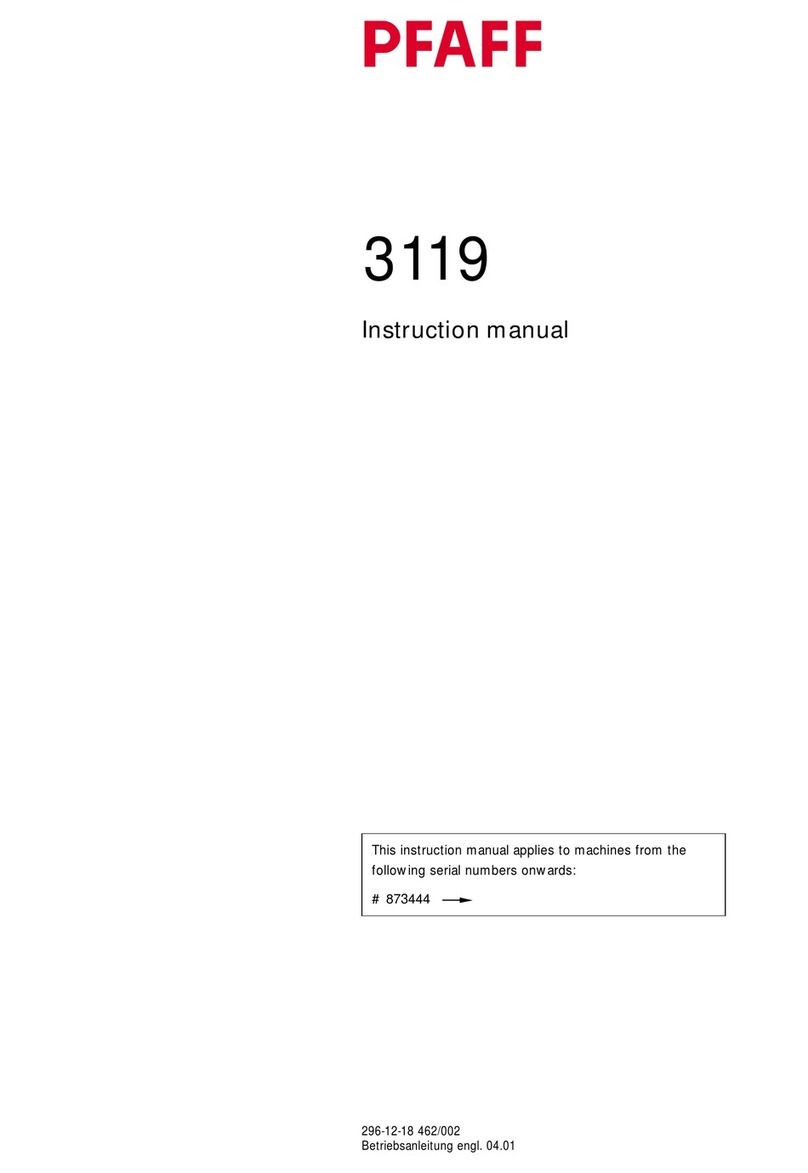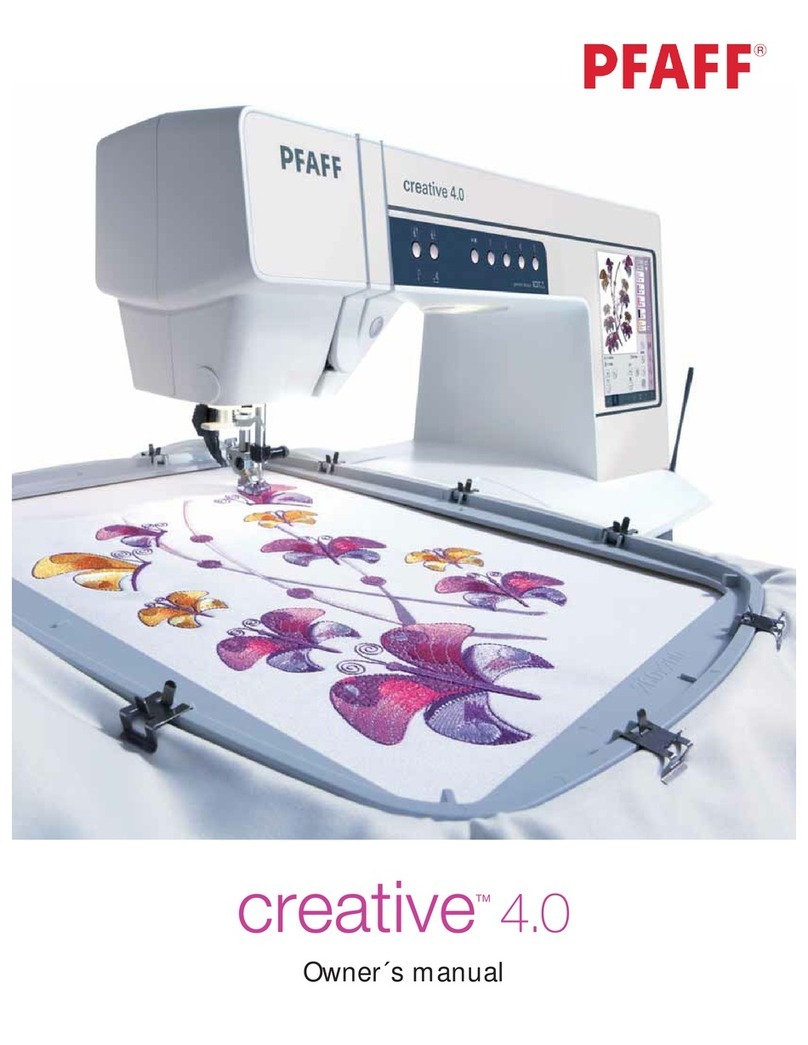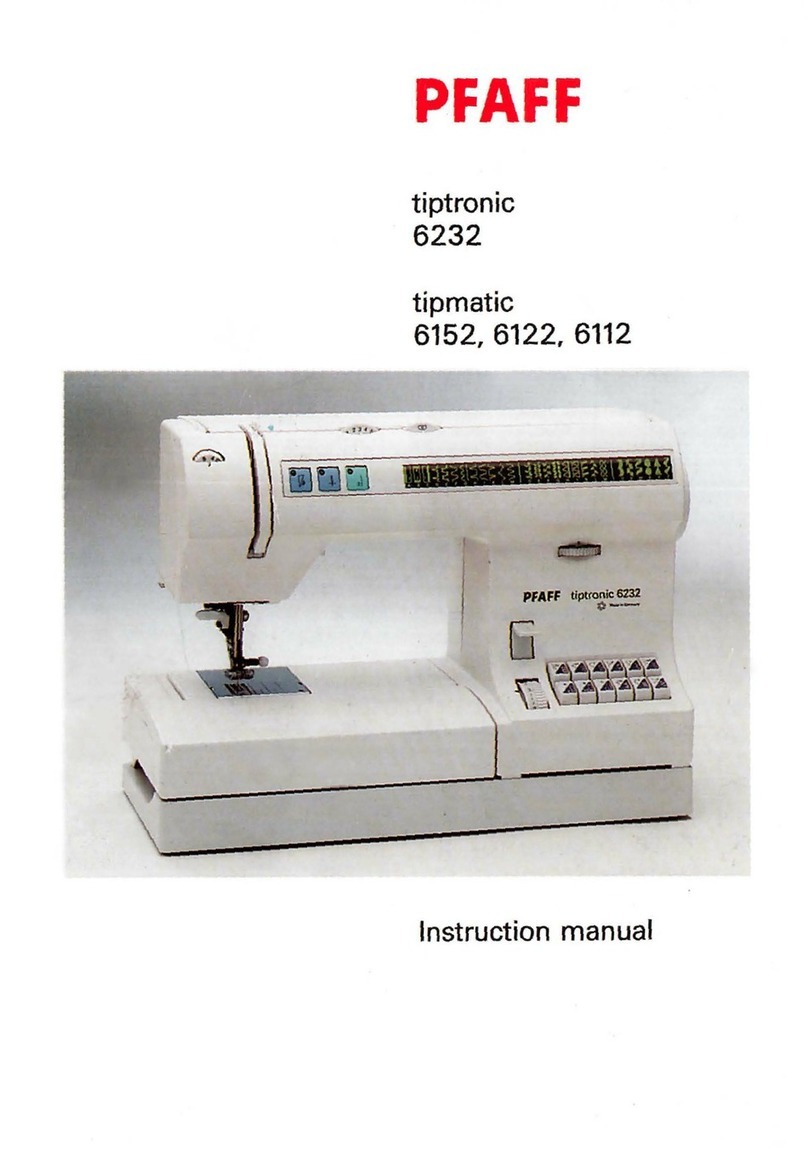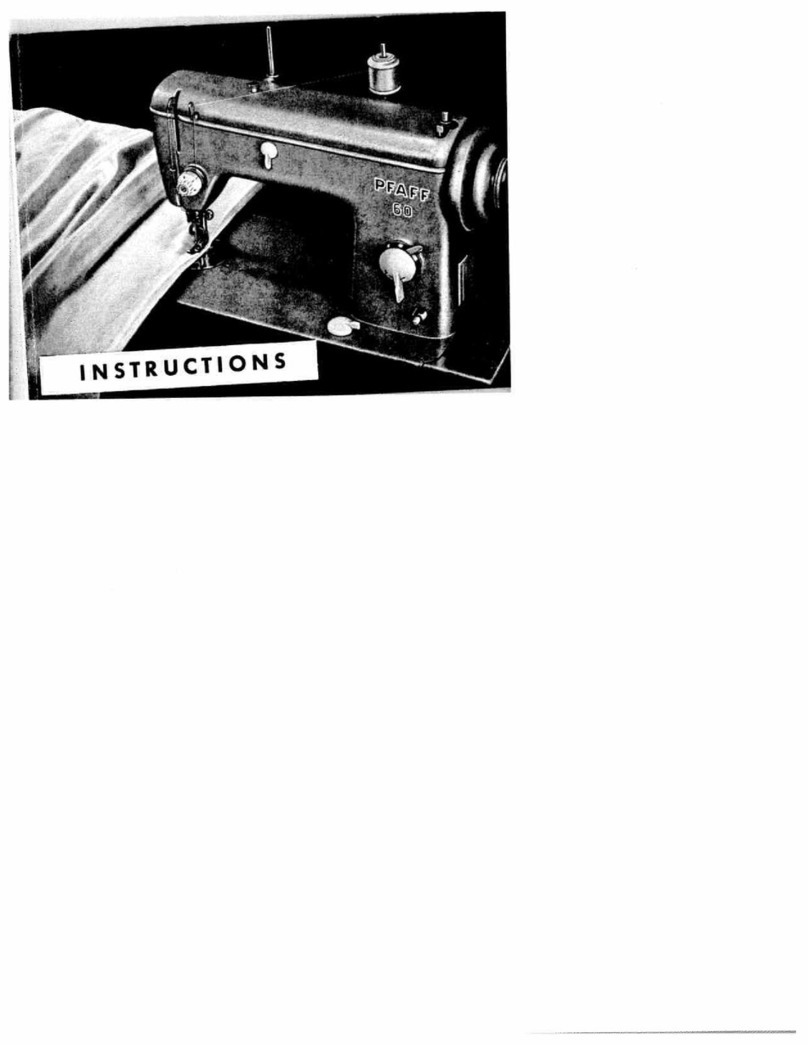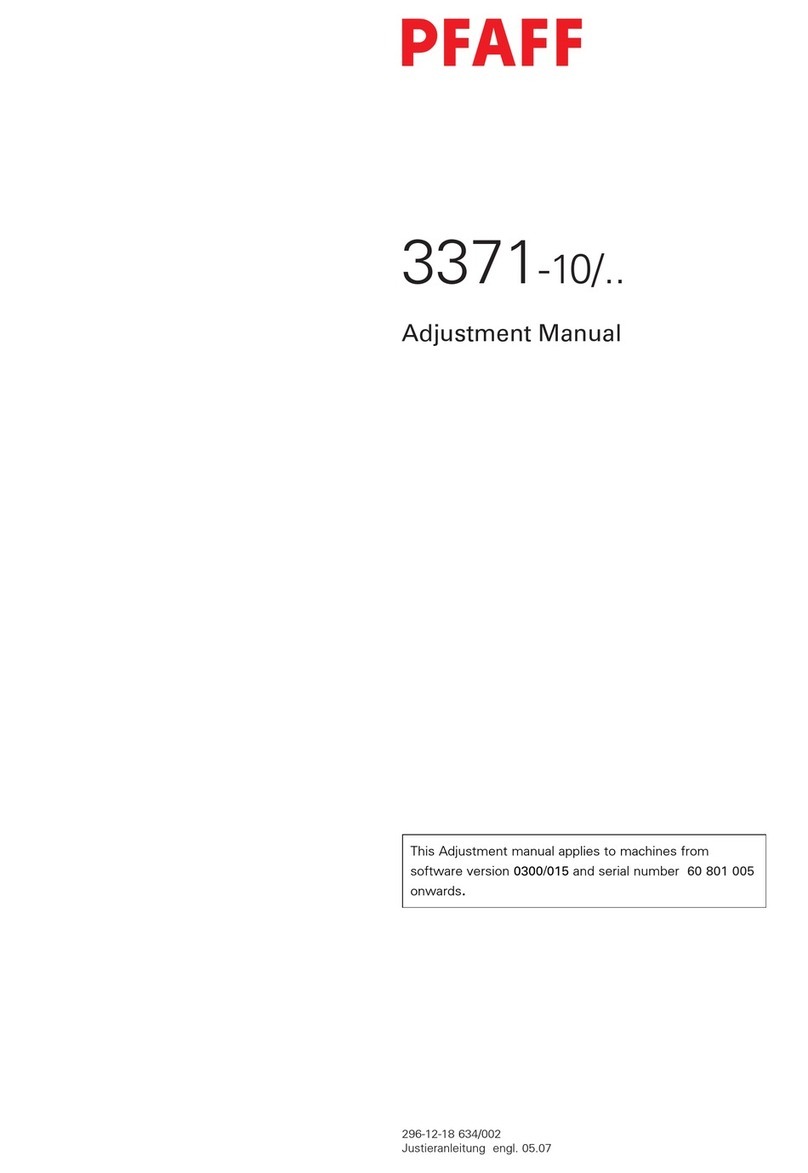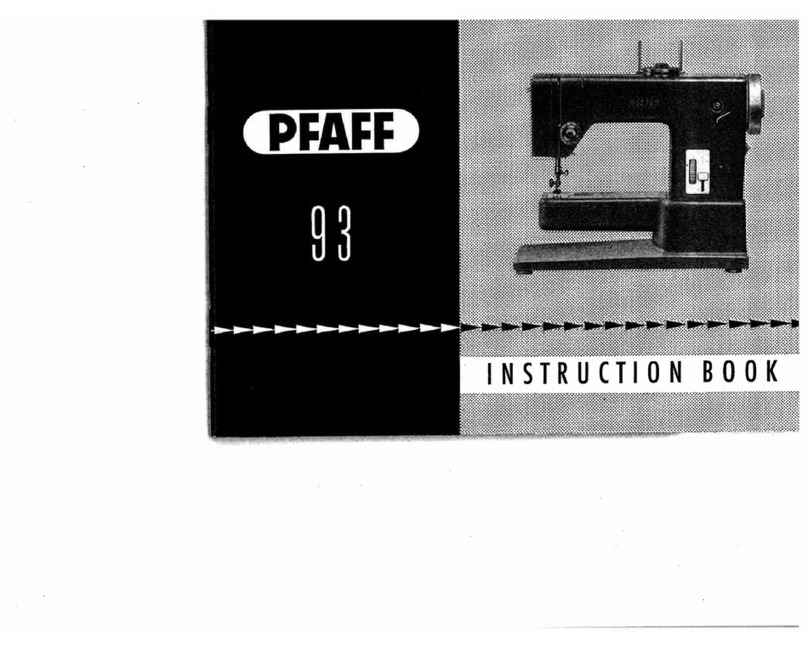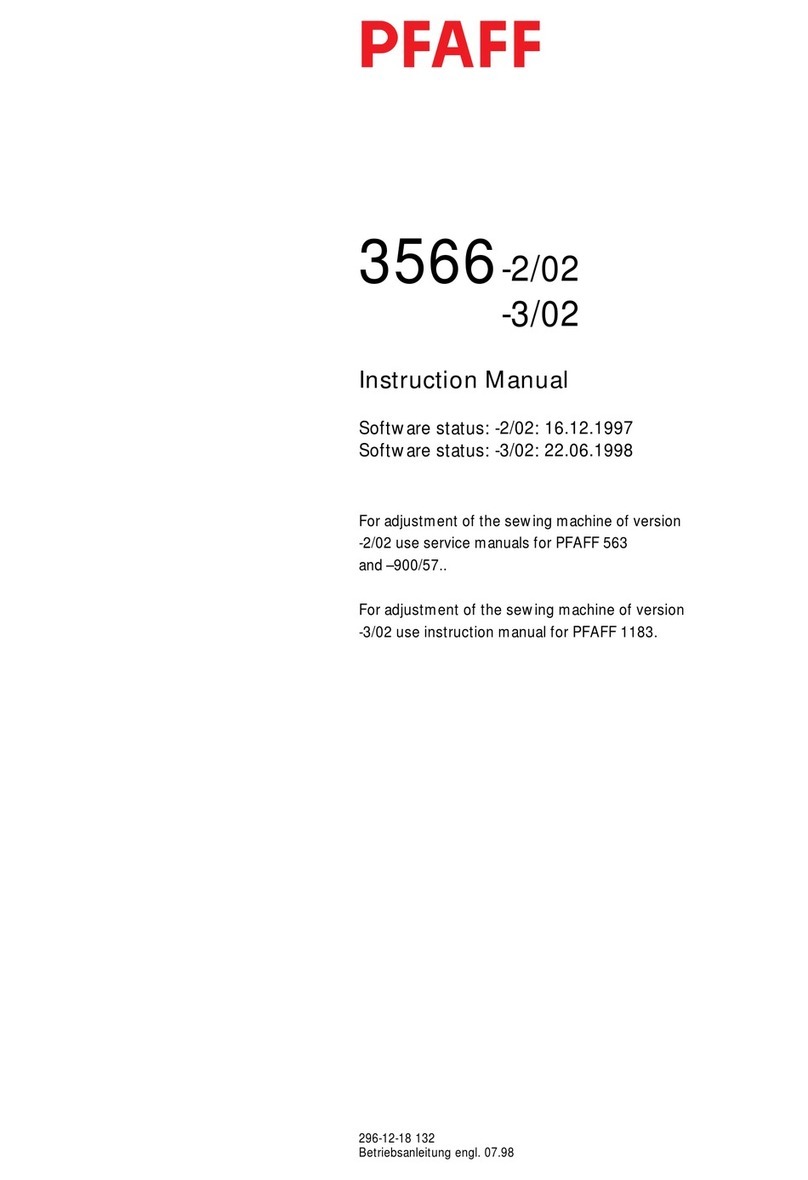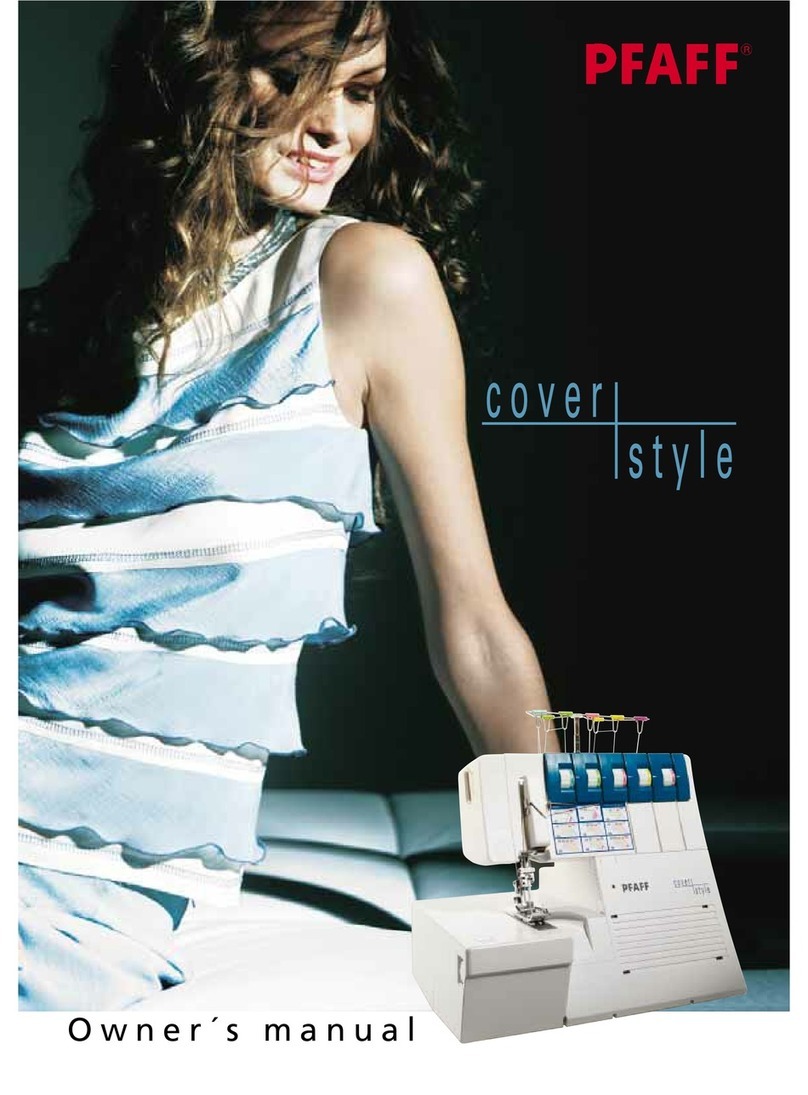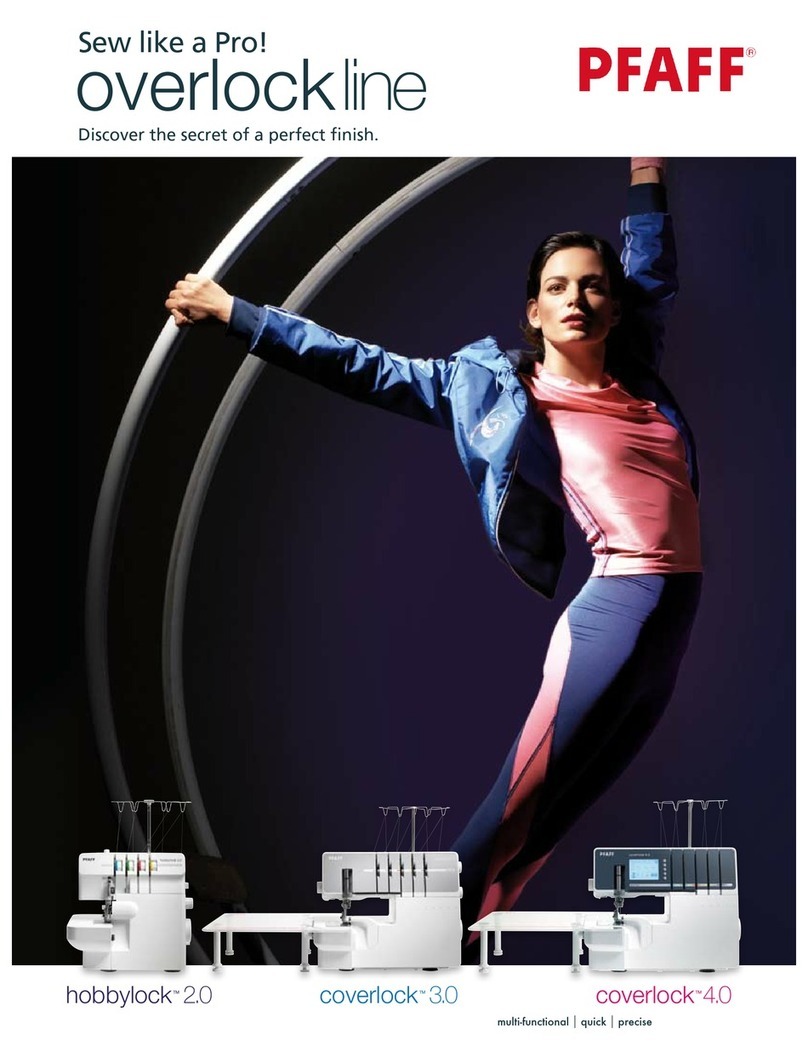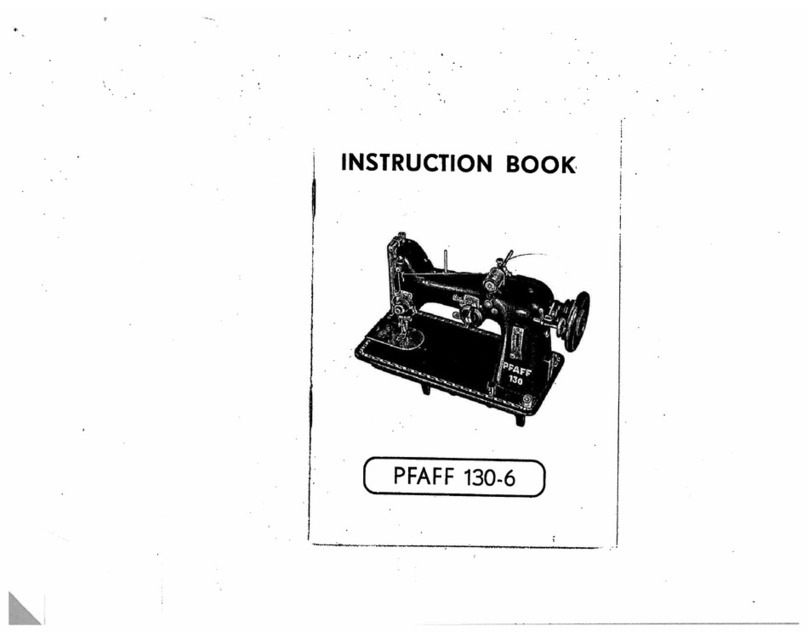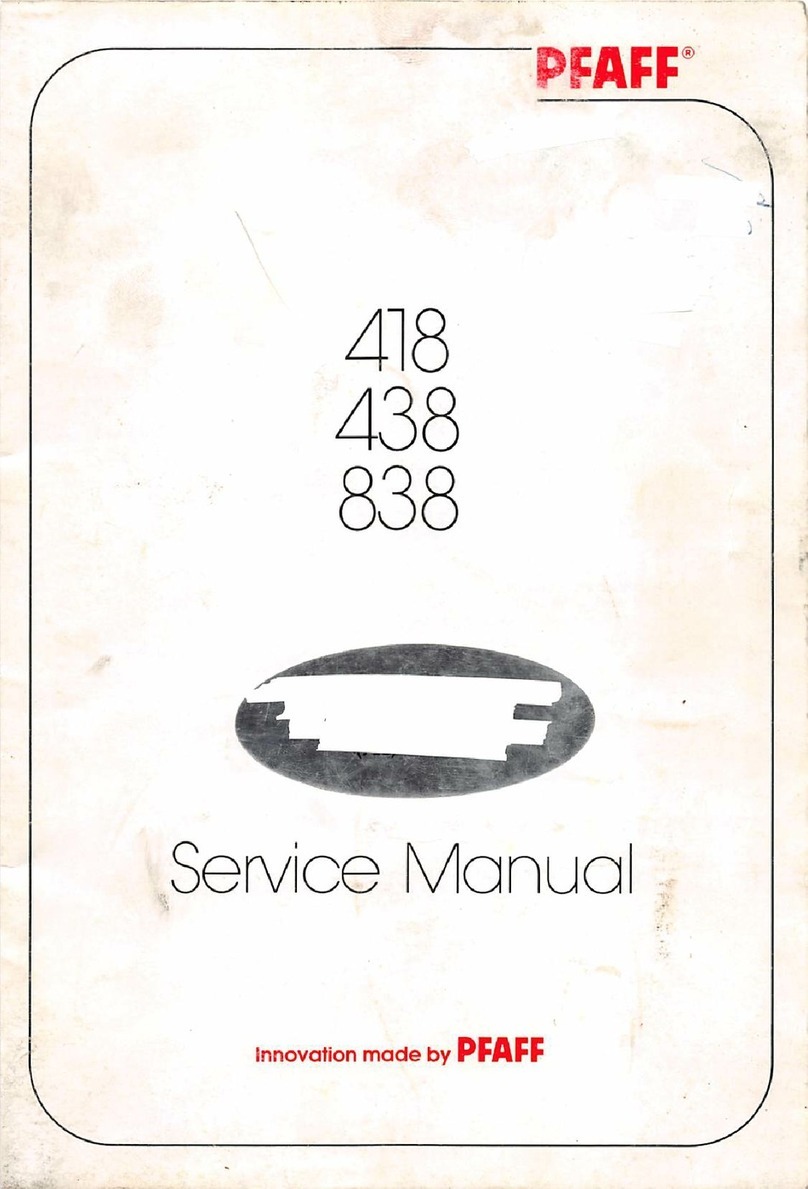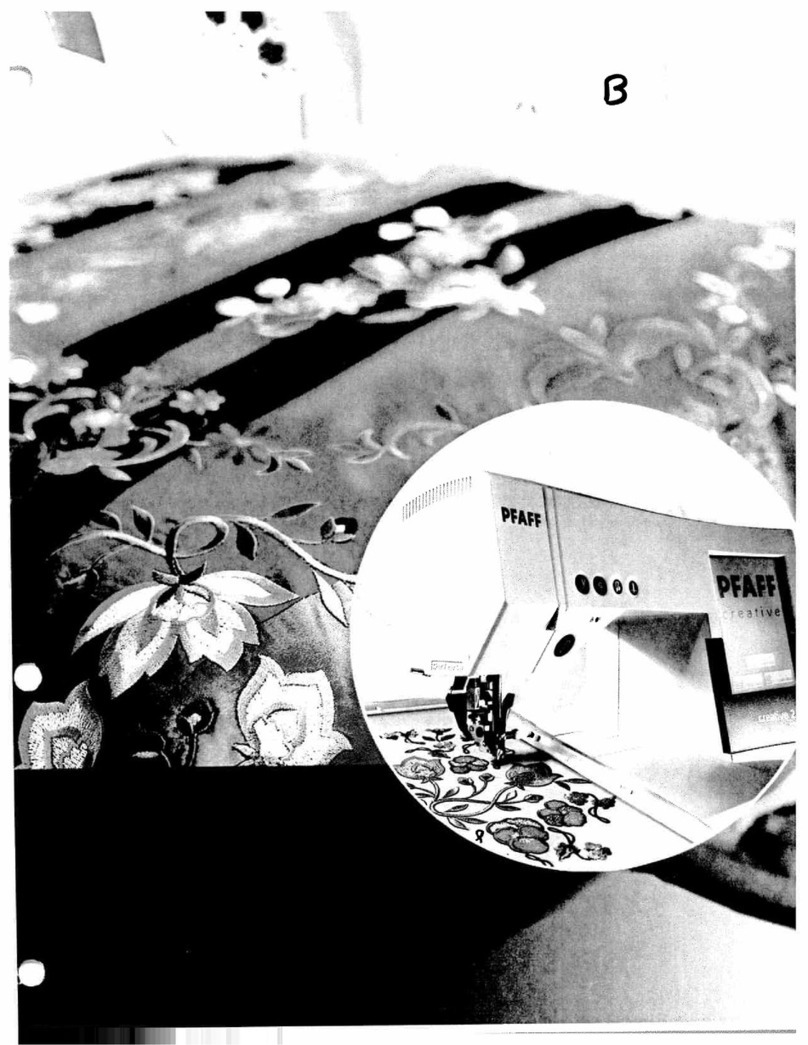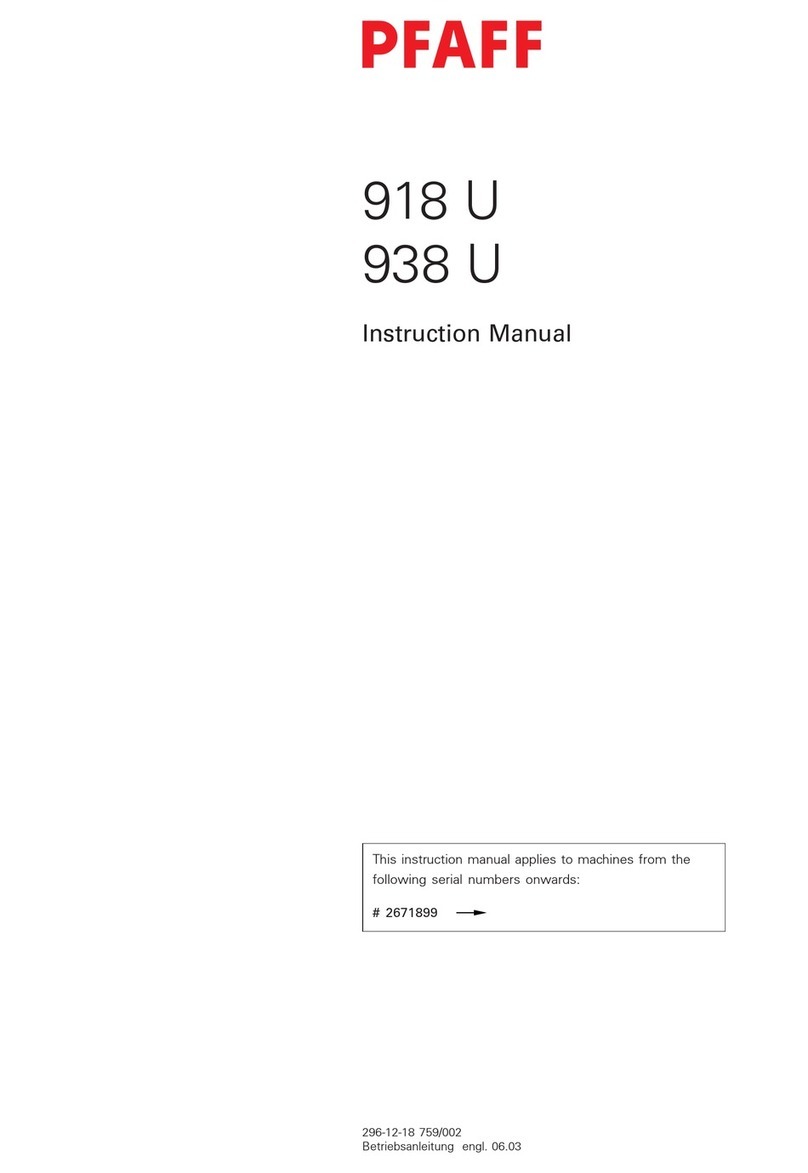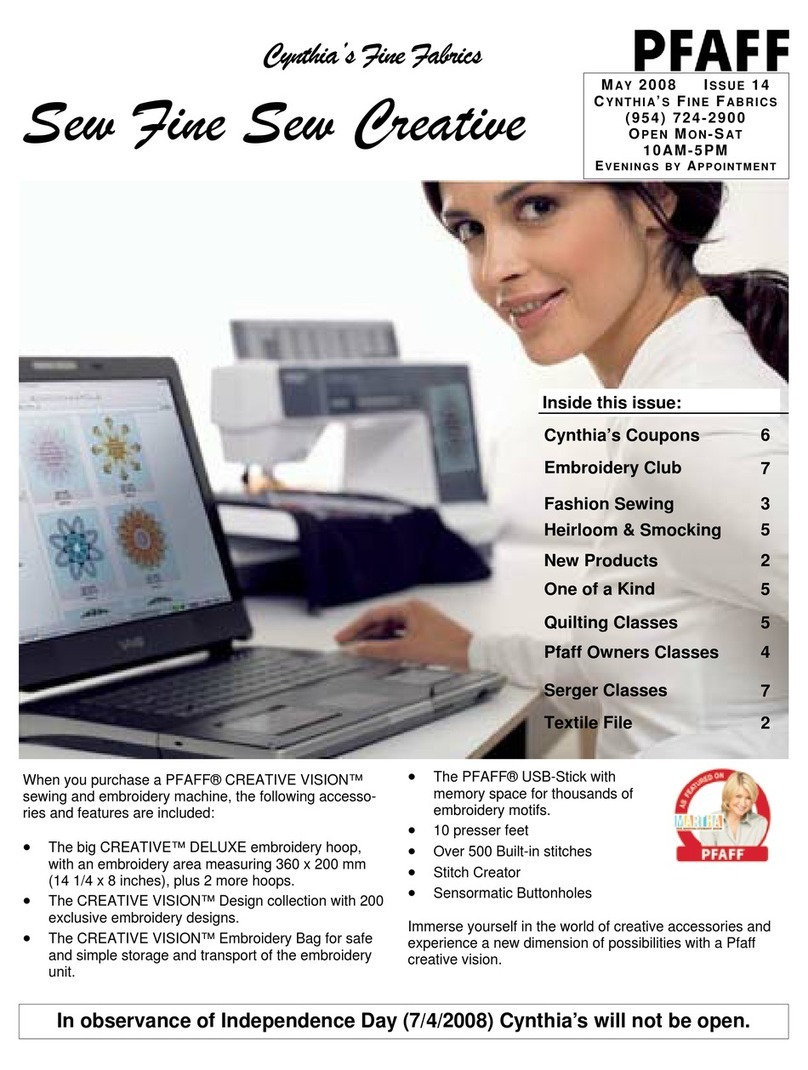Contents
Contents ...................................................... Chapter - Page
14.06.06 Lateral movement of the needle ......................................... 14 -11
14.07 Seam construction ............................................................... 14 -12
14.07.01 Left purl seam...................................................................... 14 -12
14.07.02 Right purl seam.................................................................... 14 -13
14.07.03 Bartack ................................................................................. 14 -14
14.07.04 Description of seam construction........................................ 14 -15
14.07.05 Faults in the seam construction........................................... 14 -16
14.08 Stop motion buffer............................................................... 14 -17
14.09 Adjusting the catches .......................................................... 14 -18
14.10 Sensing lever and catch lever.............................................. 14 -19
14.11 Work clamp.......................................................................... 14 -20
14.11.01 Basic position of the work clamp ........................................ 14 -20
14.11.02 Longitudinal positioning and parallelism of the work clamp14 -21
14.12 Knife unit.............................................................................. 14 -22
14.12.01 Cutting pressure................................................................... 14 -22
14.12.02 Upper knife-arm-stop ........................................................... 14 -23
14.12.03 Lower stop motion buffer .................................................... 14 -24
14.12.04 Stop axle............................................................................... 14 -25
14.12.05 Locking lever ........................................................................ 14 -28
14.12.06 Knife bar height .................................................................... 14 -29
14.12.07 Position of the knife carrier relative to the cutting slot ........ 14 -30
14.12.08 Longitudinal position of the knife carrier .............................. 14 -31
14.12.09 Height with the buttonhole cutter........................................ 14 -32
14.12.10 Height with the buttonhole punch........................................ 14 -33
14.12.11 Securing the knife ................................................................ 14 -34
14.12.12 Stopping the knife on the double cycle ................................ 14 -35
14.13 Engaging lever ...................................................................... 14 -36
14.14 Needle thread tension .......................................................... 14 -37
14.15 Bobbin thread trimmer ......................................................... 14 -39
14.16 Bobbin thread trimmer drive linkage .................................... 14 -40
14.17 Positioner.............................................................................. 14 -41
14.18 Presser roller and presser bar lifter with work clamp .......... 14 -42
14.19 Feed lifting cylinder .............................................................. 14 -43
14.20 Needle thread scissor........................................................... 14 -45
14.20.01 Function check ..................................................................... 14 -45
14.20.02 Height and longitudinal positioning ....................................... 14 -46
14.20.03 Trip guide.............................................................................. 14 -47
14.20.04 Stop piece ............................................................................ 14 -48
14.20.05 Triggering the needle thread scissors .................................. 14 -49
14.20.06 Backwards motion of the needle thread scissors ................ 14 -50
14.21 Hook and needle bar............................................................. 14 -51
14.21.01 Needle bar rise and clearance .............................................. 14 -51
14.21.02 Needle bar height and needle guard..................................... 14 -52
14.21.03 Hook lubrication.................................................................... 14 -53
14.22 Bobbin case holder ............................................................... 14 -54
14.23 Needle thread monitor ......................................................... 14 -55
14.24 Thread tension and thread control........................................ 14 -56

